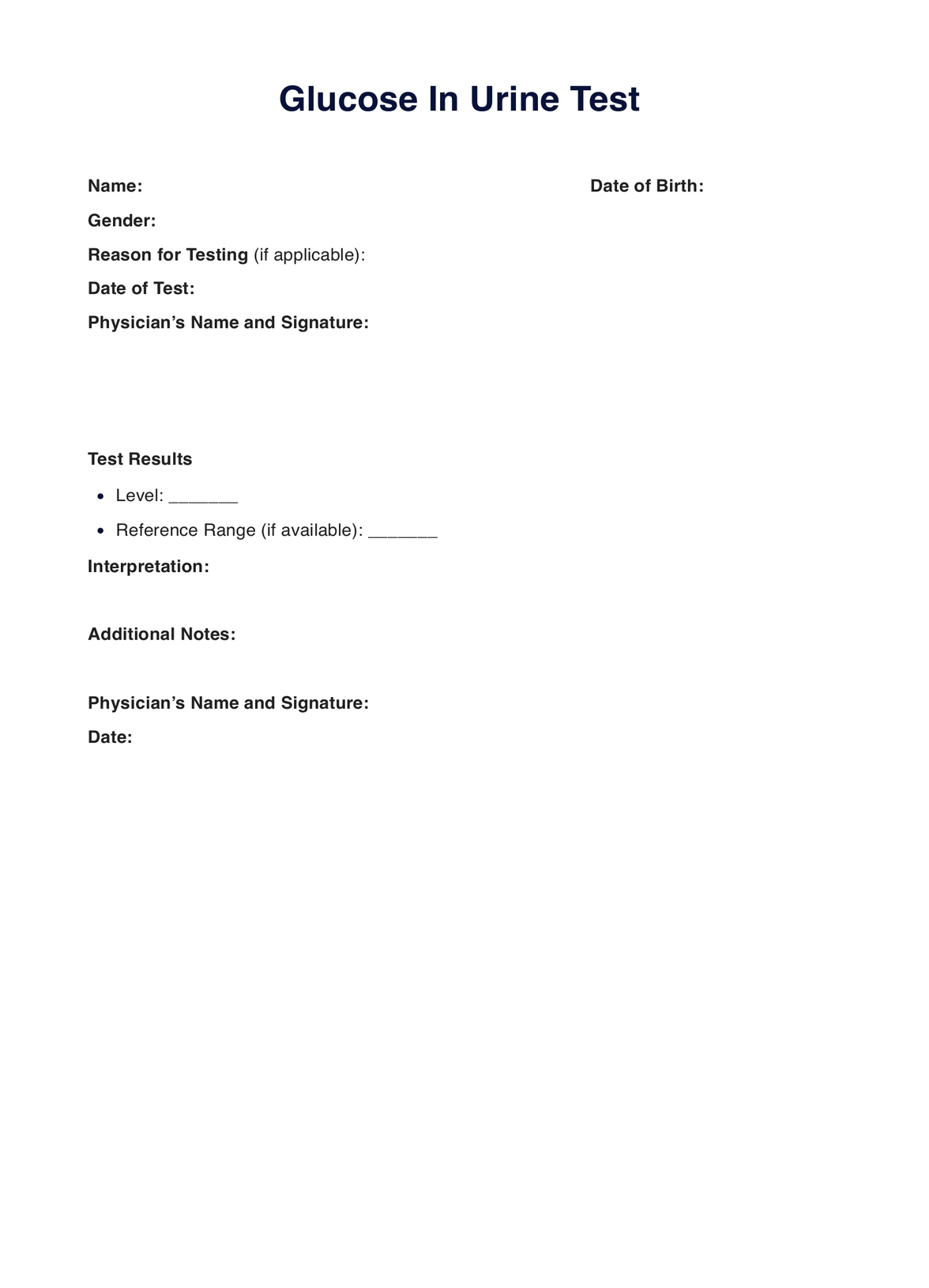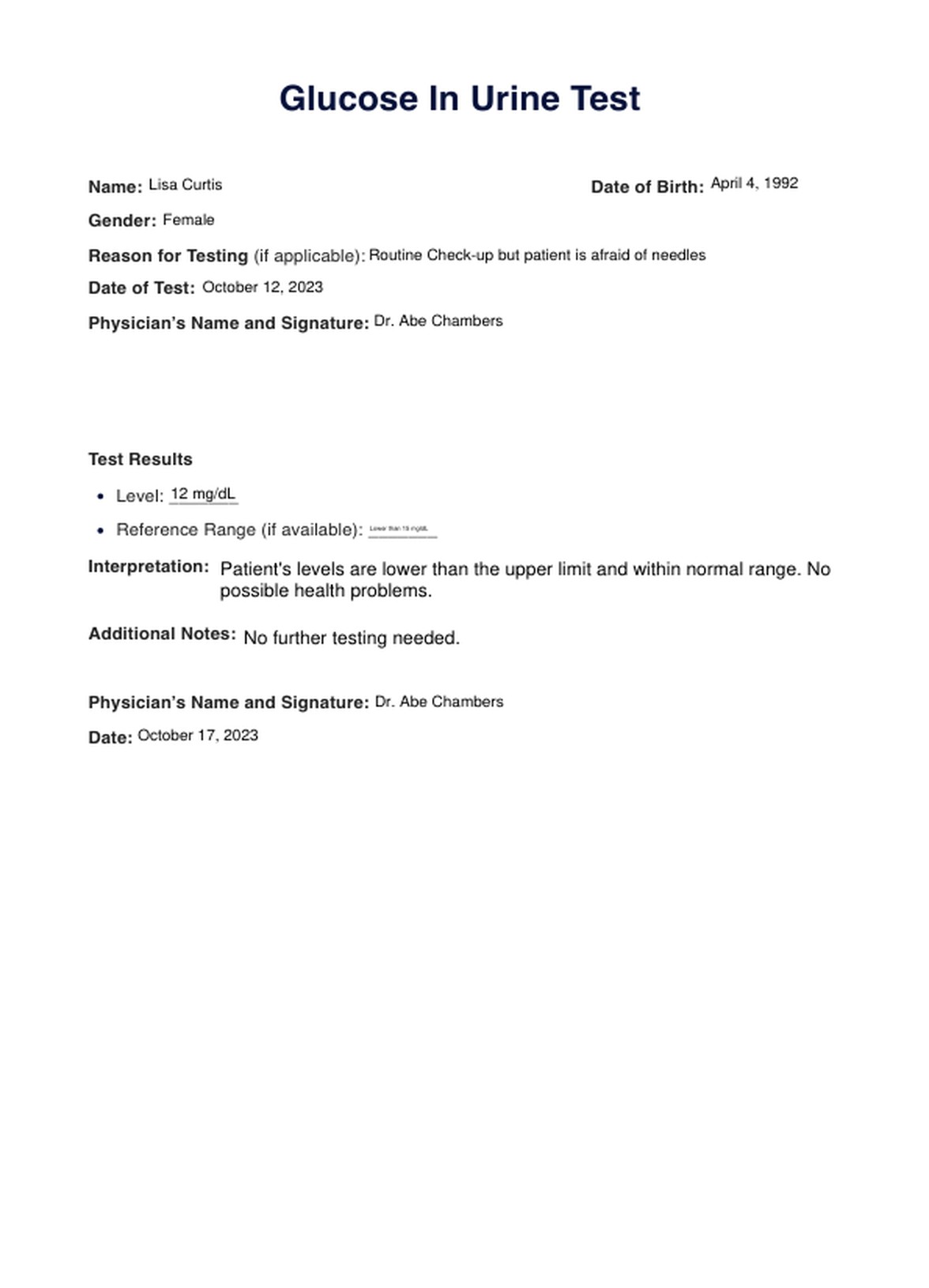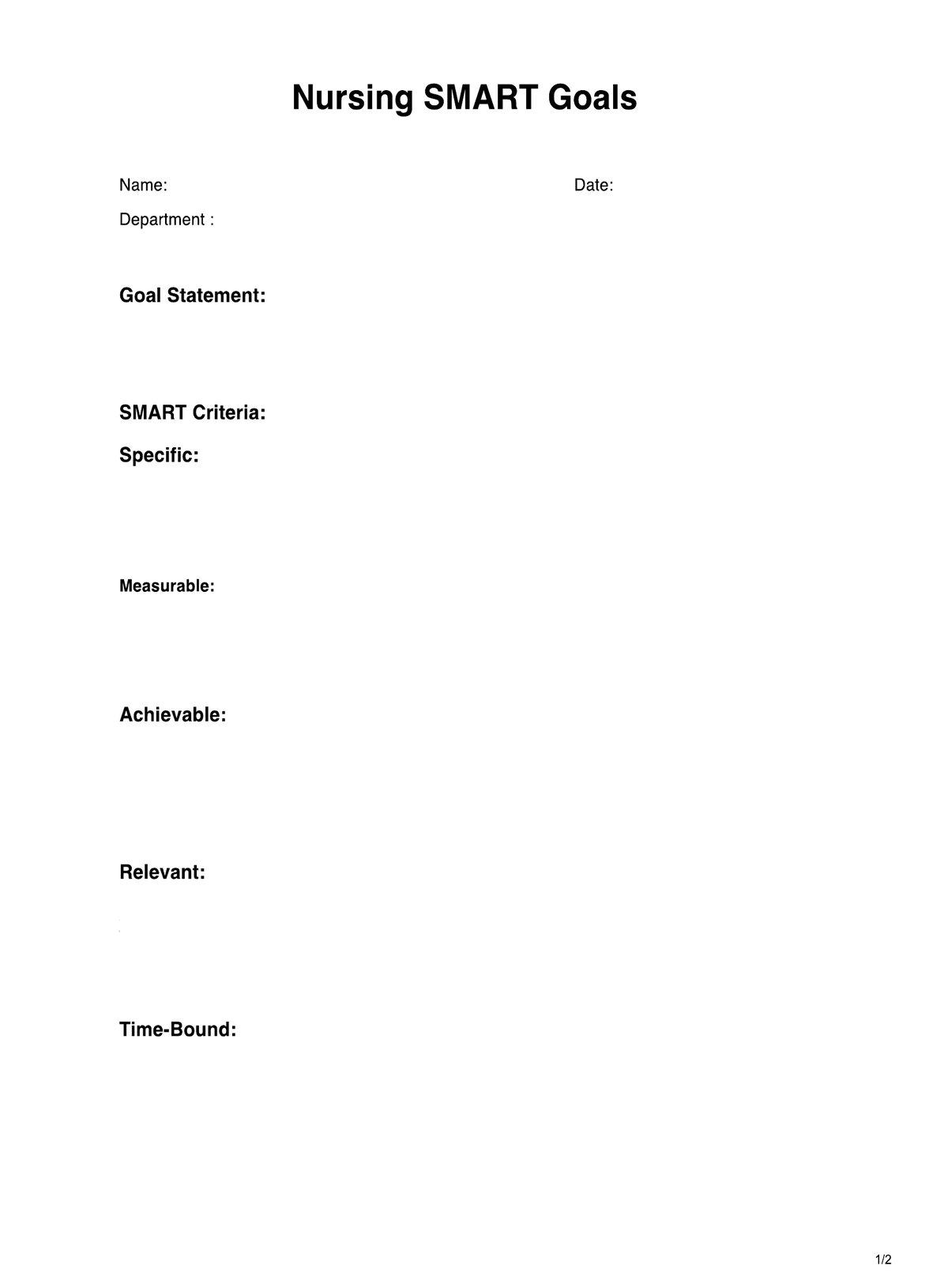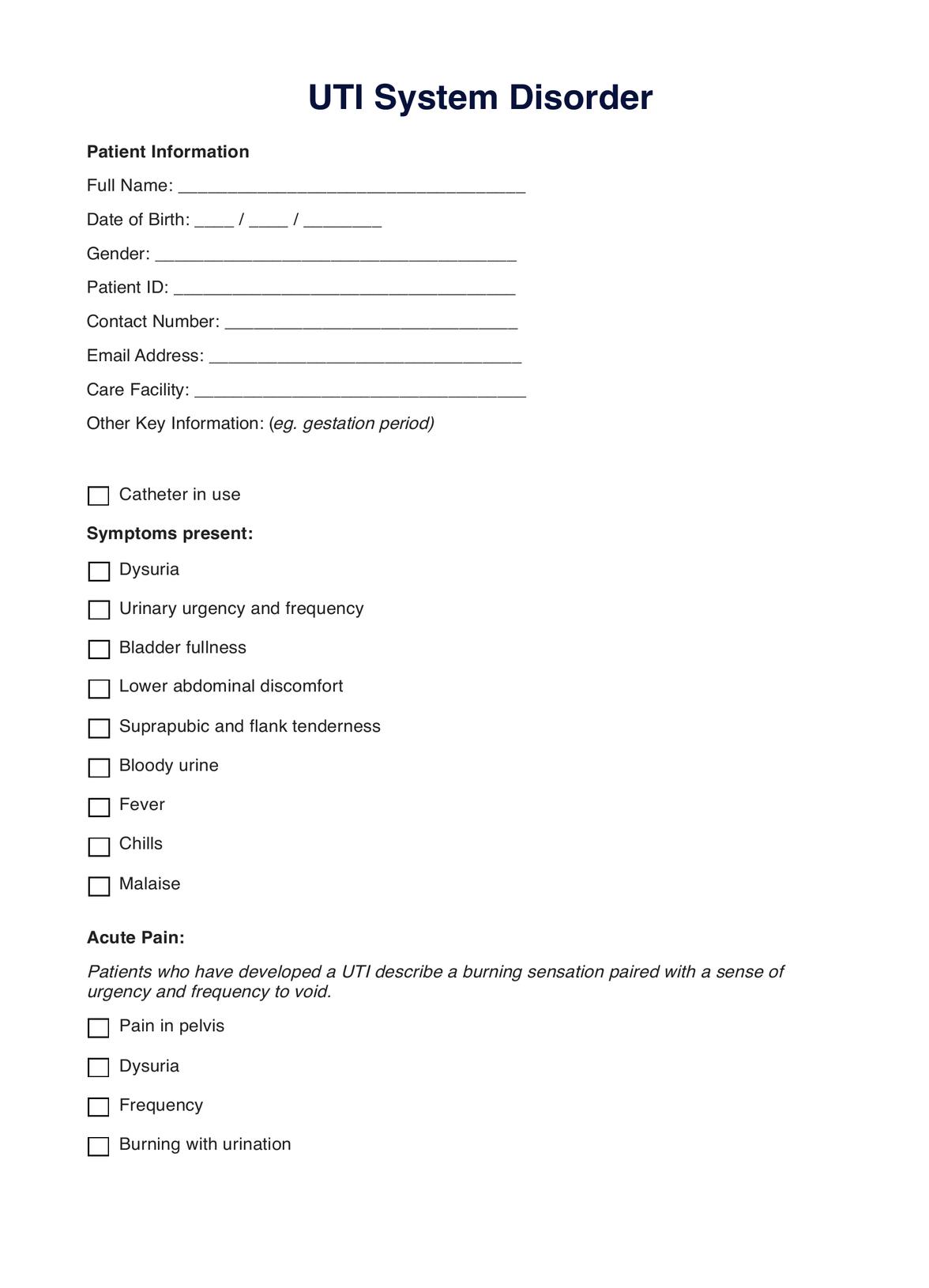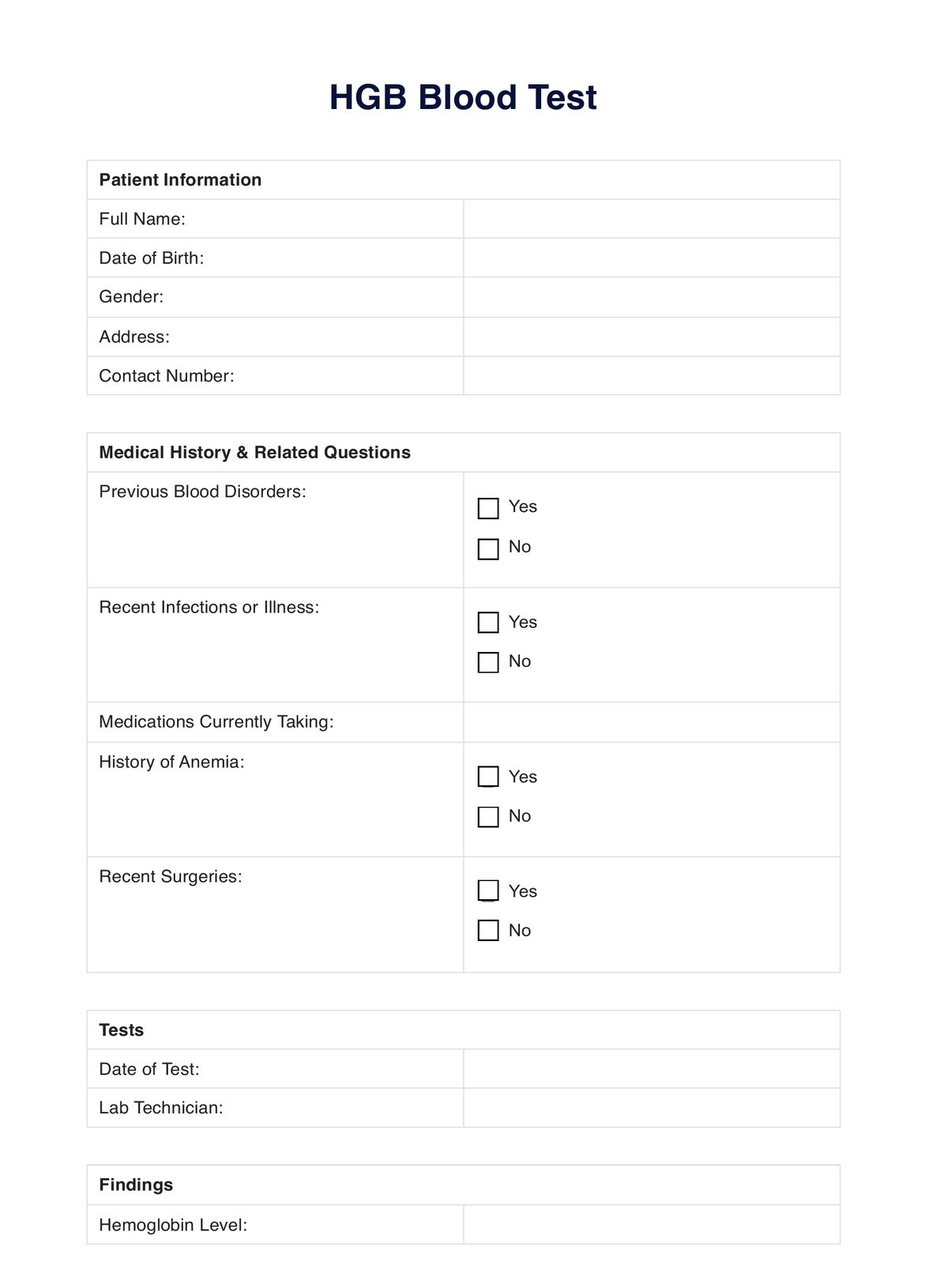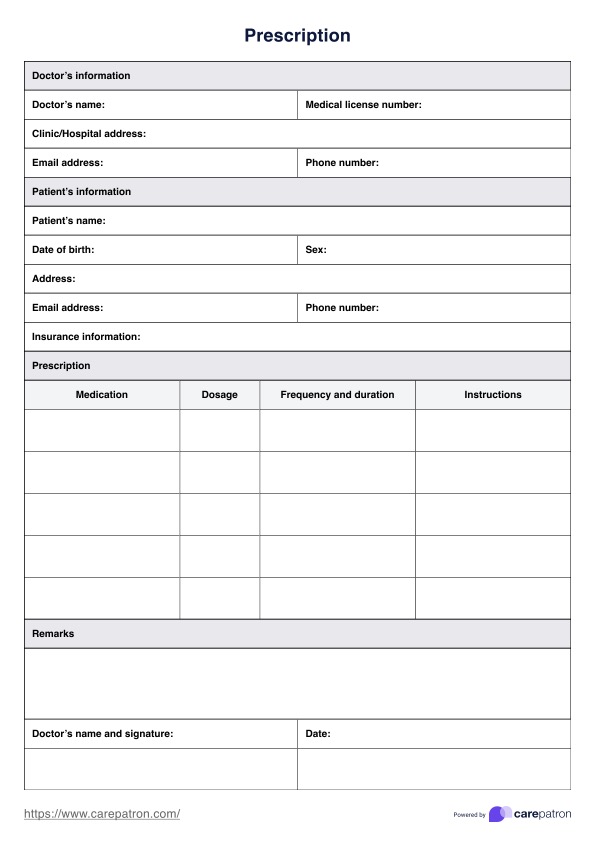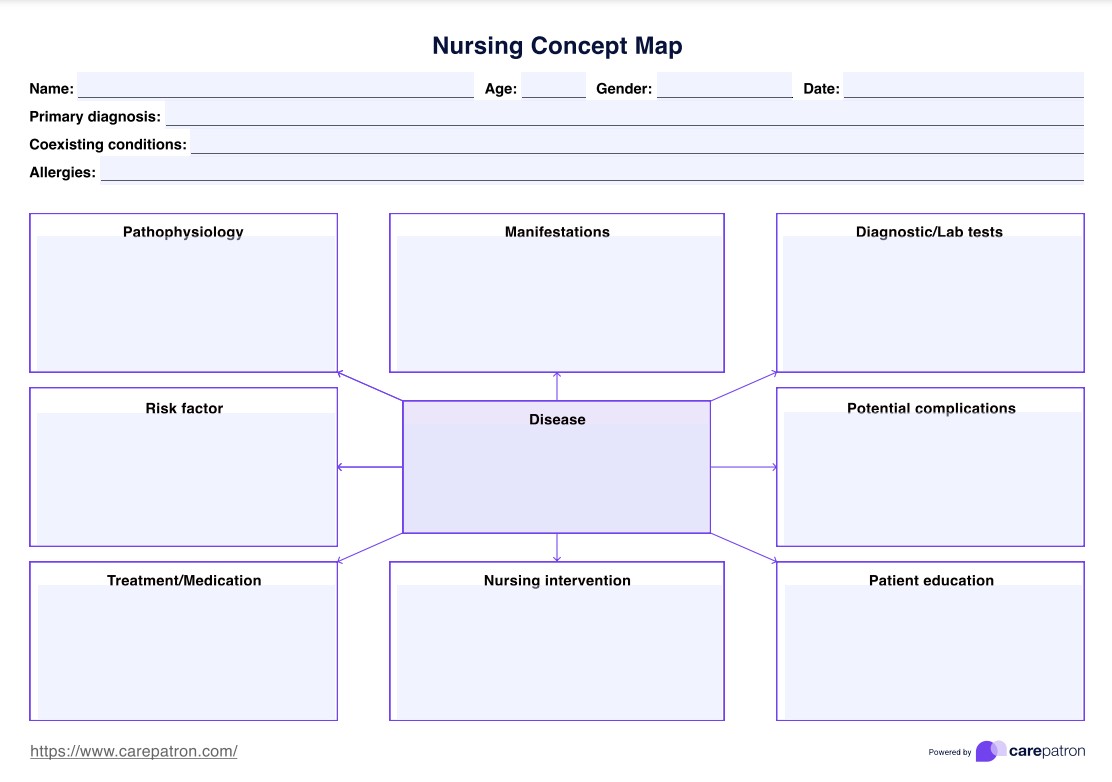Glucose in Urine
Know more about the glucose in urine test, its importance, the results’ interpretation, situations where you can request it, and more with our short guide.


What is a Glucose in Urine Test?
A glucose urine test is a medical test that measures the amount of glucose in one’s urine. Before, the test was used to screen and monitor for diabetes. However, due to its inaccuracy compared to the glucose blood test, the glucose urine test is requested for particular reasons. Two of the most common ones are if the blood glucose test is difficult and during a urinalysis for routine checkups.
Glucose in Urine Template
Glucose in Urine Example
How Does it Work?
Step One. Access and Download the Template
Ensure you have a copy of the “Glucose in Urine” test template when needed. Follow either of the steps below to download a copy:
- Click the “Use Template” or “Download Template” button
- Search for “Glucose in Urine” on Carepatron’s template library’s search bar on the website or app.
Step Two. Examine and Assess Your Patient
Since there’s an alternative to the glucose in urine test, it’s best to examine your patient and assess their condition physically. This will help you determine if the said test is the one your patient will benefit from currently. If it is, fill out the request form section of the template.
Step Three: Collect the Sample
Reminder to bring or have your patient bring the filled-out request form to the laboratory as proof that you requested the glucose in urine test.
Step Four. Analyze and Interpret the Results
Once the results are available, you may use the template to write down your analysis and interpretation of the second half of the glucose in urine template we provided. That way, you can record your findings and observations essential when discussing the next steps with your patient.
Step Five. Store the Template Securely
After using the template - as a request form and/or document where you can write notes - you must securely store the template. Physical copies must be stored at a secure location. In contrast, digital copies should be stored at a HIPAA-compliant EHR like Carepatron that can limit access to relevant parties only.
When Would you use this Test?
General practitioners, especially those who are caring for a patient with diabetes or kidney problems, may use the test for monitoring one’s glucose levels or investigating a probable kidney problem or URI. Often, however, practitioners who request and use this test care for patients who are also requesting a urinalysis, are undergoing a routine checkup, or have difficulty providing a sample for the glucose blood test.
What do the Results Mean?
As all practitioners know, context and results from other relevant tests must be considered before finalizing the next steps. However, if you need a general idea of the interpretation of the results for the glucose in urine test, here it is:
- Normal Range: If a patient’s glucose is within 0 to 15 mg/dL, they are within normal range, and no further testing is necessary.
- High Glucose Level: If a patient’s urine glucose level is higher than 15 mg/dL, they may have a health problem, specifically diabetes. A glucose blood test may be required for confirmation.
- High Urine Glucose but Normal Blood Glucose: If the patient has a high urine glucose level, but their blood glucose is within normal range, they may have a kidney problem. It’s best to have them undergo further testing to investigate further.
Commonly asked questions
Healthcare providers like general practitioners, nurses, and even specialists such as an endocrinologist can request a glucose urine test when conducting a routine check-up or prenatal screen and monitoring their patient’s glucose levels for diagnosis or management.
They are used when the patient is undergoing a urinalysis or cannot provide a sample for the glucose blood test.
Timelines will vary depending on the circumstances and the type of test used. However, generally, the collection time will only take a few minutes, while the analysis in a laboratory can take around 2-5 business days.


